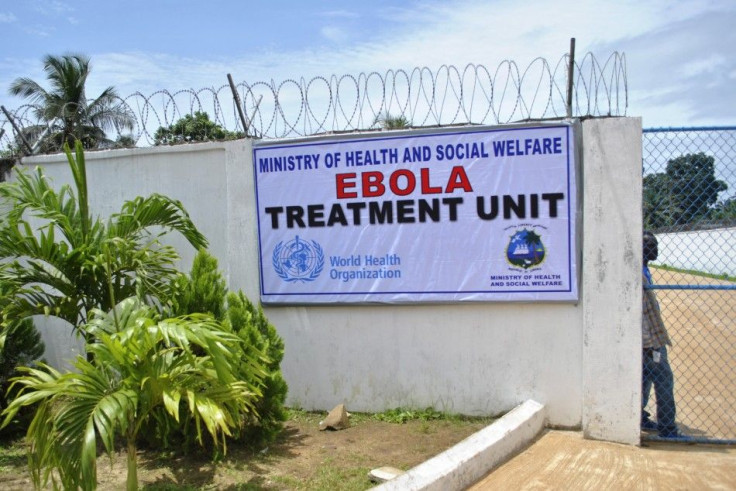No Ebola Vaccine Until Mid-2015: Reasons Why It Is Difficult To Create A Cure Or Vaccine

February 2015 is likely the date when two vaccines will get the necessary approval for usage. The World Health Organisation has made a plan from October 2014 to February next year to push the Phase 1 and Phase 2 trials. So why does it take too long to produce these vaccines?
Ebola Vaccine Not Ready Until 2015
World Health Organisation is doing everything to push Phase 1 and Phase 2 of two experimental vaccines against Ebola virus disease. According to WND, these experimental vaccines are expecting approval next year around February.
1. cAd3-ZEBOV experimental vaccine has been developed by GlaxoSmithKline in collaboration with the United States National Institute of Allergy and Infectious Diseases. Chimpanzee-derived adenovirus vector with an Ebola virus gene was used on this vaccine model.
2. rVSV-ZEBOV experimental vaccine has been developed by the Public Health Agency of Canada. Weakened vesicular stomatitis virus or pathogen found in livestock with one of its genes replaced with Ebola virus was used on this vaccine model.
Canadian government donated 800 vials of rVSV-ZEBOV to WHO that is equivalent to at least 1,500 doses of vaccine for Phase trials. However, the two companies currently developing experimental vaccine won't be able to mass produce until the middle of 2015. Official timetable of WHO detailed by the Web site starts from October 2014 to February 2015 expected to be approved. Once the vaccines have been determined safe and effective to use, WHO will launch a plan for large-scale vaccination.
What Makes A Vaccine Difficult To Produce?
Not all deadly diseases have a cure or a vaccine available and the best example is the common cold which has been around for a long time. Creation of a vaccine will need to undergo approval to ensure safety of usage and that is just one among many reasons why HIV does not have a vaccine yet.
1. Funding is the primary issue to produce a vaccine. The safer a vaccine is, the more money was used to develop it.
2. Safety is also a main concern. Since vaccine carries a weakened pathogen to help the immune system create necessary defences against it, pharmaceutical companies will need to guarantee that vaccines won't make people sick.
3. Efficacy is another factor to be considered. Not all vaccines are 100 per cent effective such as the 2009 H1N1 according to the database from CDC.
4. Type of the pathogen. Viruses are more difficult to treat due to the ability to mutate DNA structure that offsets the immune system to track down - one unique trait of the common cold.
5. Another difference of bacteria and viruses during invasion is the strategy. Bacteria divide and release toxins to the body while viruses directly penetrate host cells to replicate more copies.
Every vaccine must undergo rigorous safety testing before any approval from Food and Drug Administration. Any vaccine approved by FDA remains under constant monitoring to ensure safety and efficacy against its respective disease.




















